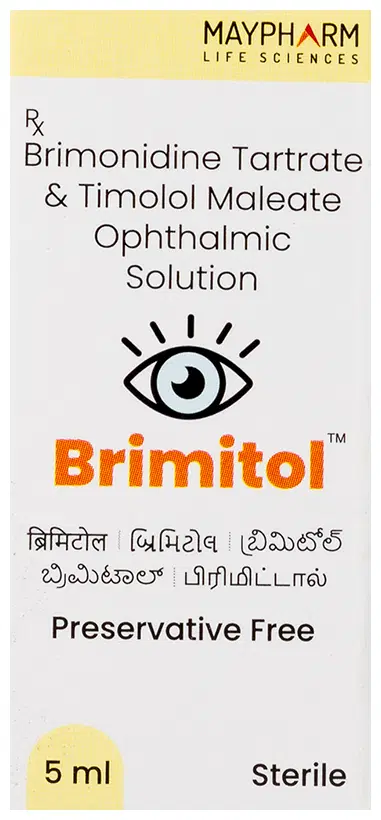Timolol, Brimonidine
Timolol and Brimonidine are two medications commonly prescribed for the treatment of glaucoma, a group of eye conditions that can cause damage to the optic nerve and ultimately lead to vision loss.
Timolol is a non-selective beta-blocker, which means it acts on both beta-1 receptors in the heart and beta-2 receptors in the lungs and other tissues. In the context of glaucoma treatment, timolol works by reducing the production of aqueous humor, the fluid that fills the anterior chamber of the eye. By decreasing aqueous humor production, timolol helps to lower intraocular pressure (IOP), which is a key factor in managing glaucoma and preventing further optic nerve damage.
Brimonidine, on the other hand, is an alpha-2 adrenergic agonist. It works by constricting the blood vessels in the eye, which can help to reduce the amount of aqueous humor produced and improve the outflow of fluid through the trabecular meshwork. This dual action also contributes to a reduction in IOP, helping to slow down the progression of glaucoma and protect the optic nerve from damage.
Timolol and Brimonidine are sometimes combined in a single formulation, known as Timolol/Brimonidine, to provide a more comprehensive treatment for glaucoma. This combination therapy can be particularly effective in individuals who have not experienced adequate IOP reduction with monotherapy, or those who may be more sensitive to the side effects of either medication when used alone.
Both timolol and brimonidine are generally well-tolerated, but potential side effects may include ocular irritation, dryness, burning, stinging, or blurred vision. It is important for patients to consult with their healthcare provider if they experience any bothersome side effects while using these medications, as adjustments to the dosage or alternative treatment options may be necessary.

Showing 1–12 of 67 results
Showing 1–12 of 67 results








